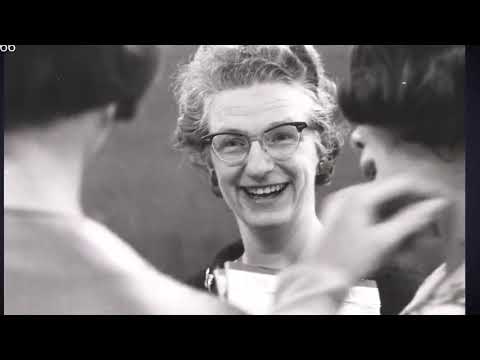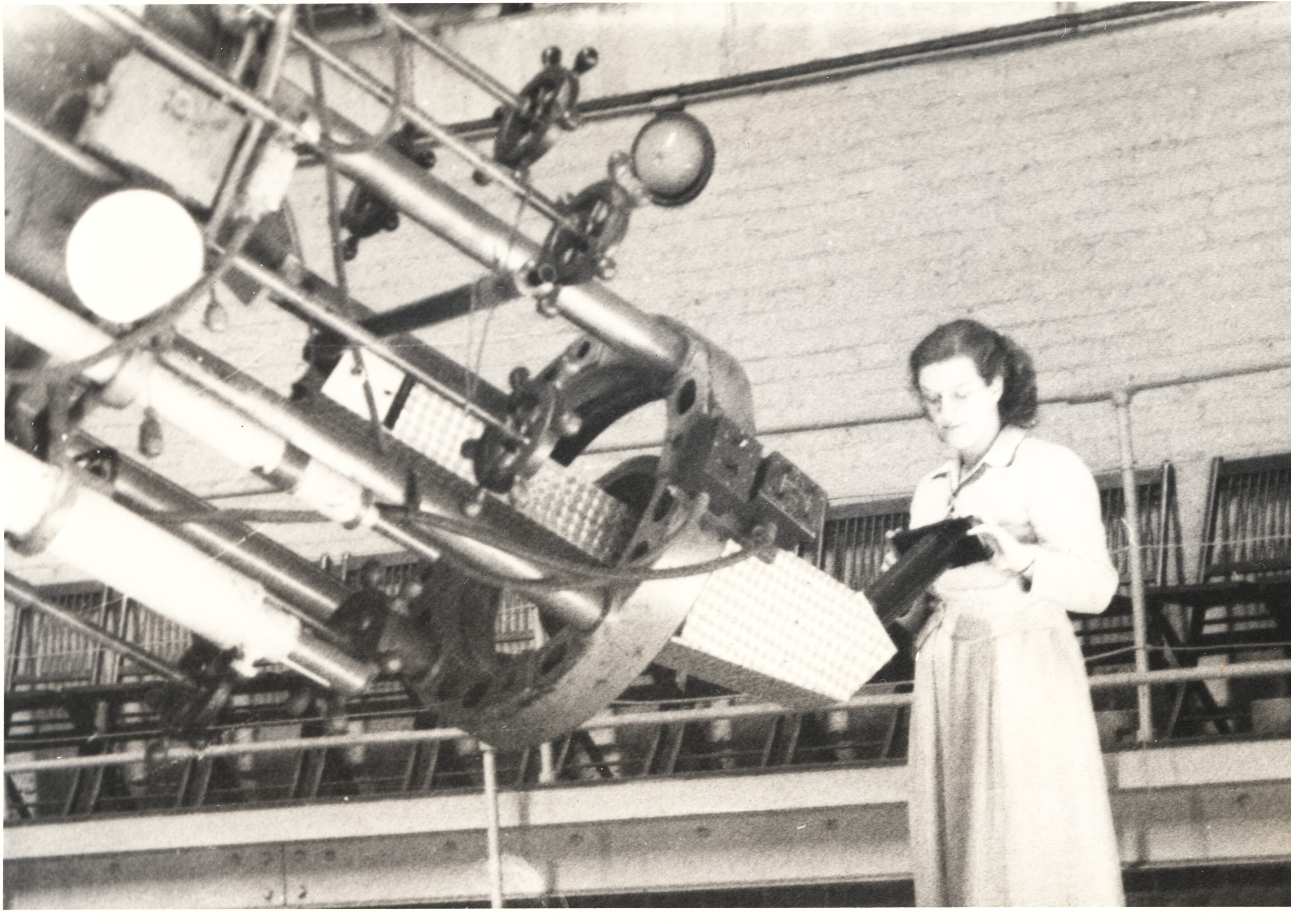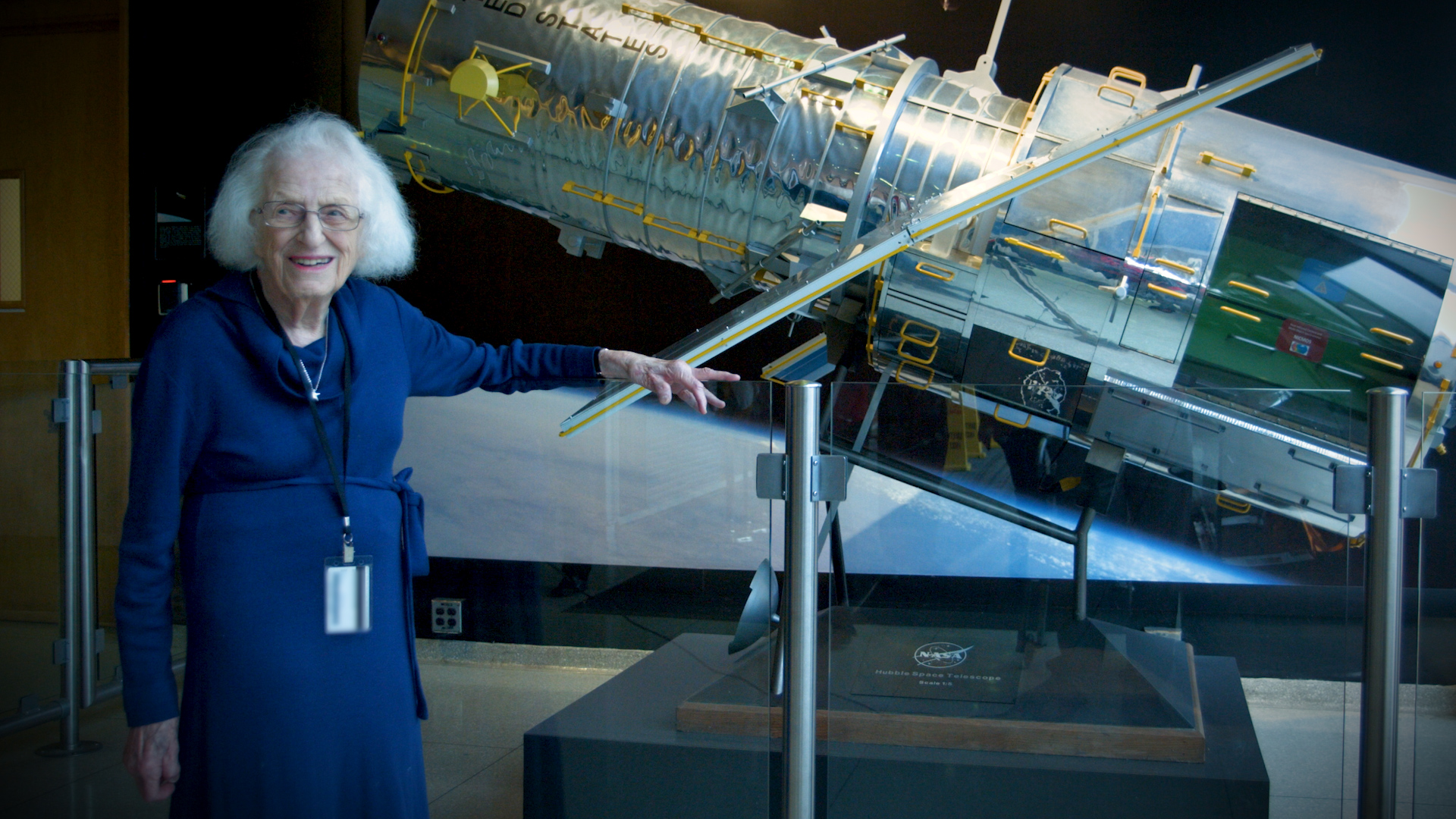
Known as the "mother of the Hubble Space Telescope," Nancy Grace Roman was born May 16, 1925 in Nashville, Tennessee, and died December 25, 2018.
From a young age, Roman showed an interest in astronomy, and when she was 11 years old she organized a club with her classmates in Reno, Nevada. In this club they learned about constellations and celestial objects from a book.
By high school, Roman realized that she had a passion for astronomy and wanted to pursue it. Her academic prowess was highlighted when she participated in an accelerated program and graduated in three years from Baltimore's Western High School.
In 1946 Roman received her Bachelor of Arts degree in Astronomy from Swarthmore College in Pennsylvania. During her time there she worked at the Sproul Observatory. In 1949 she received her Ph.D. from the University of Chicago, and stayed at the university for a further six years working at the Yerkes Observatory, and sometimes the McDonald Observatory in Texas. During this period, she observed the star AG Draconis and discovered that its emission spectrum had completely changed in comparison to earlier observations. This discovery helped to raise her profile within the astronomical community.
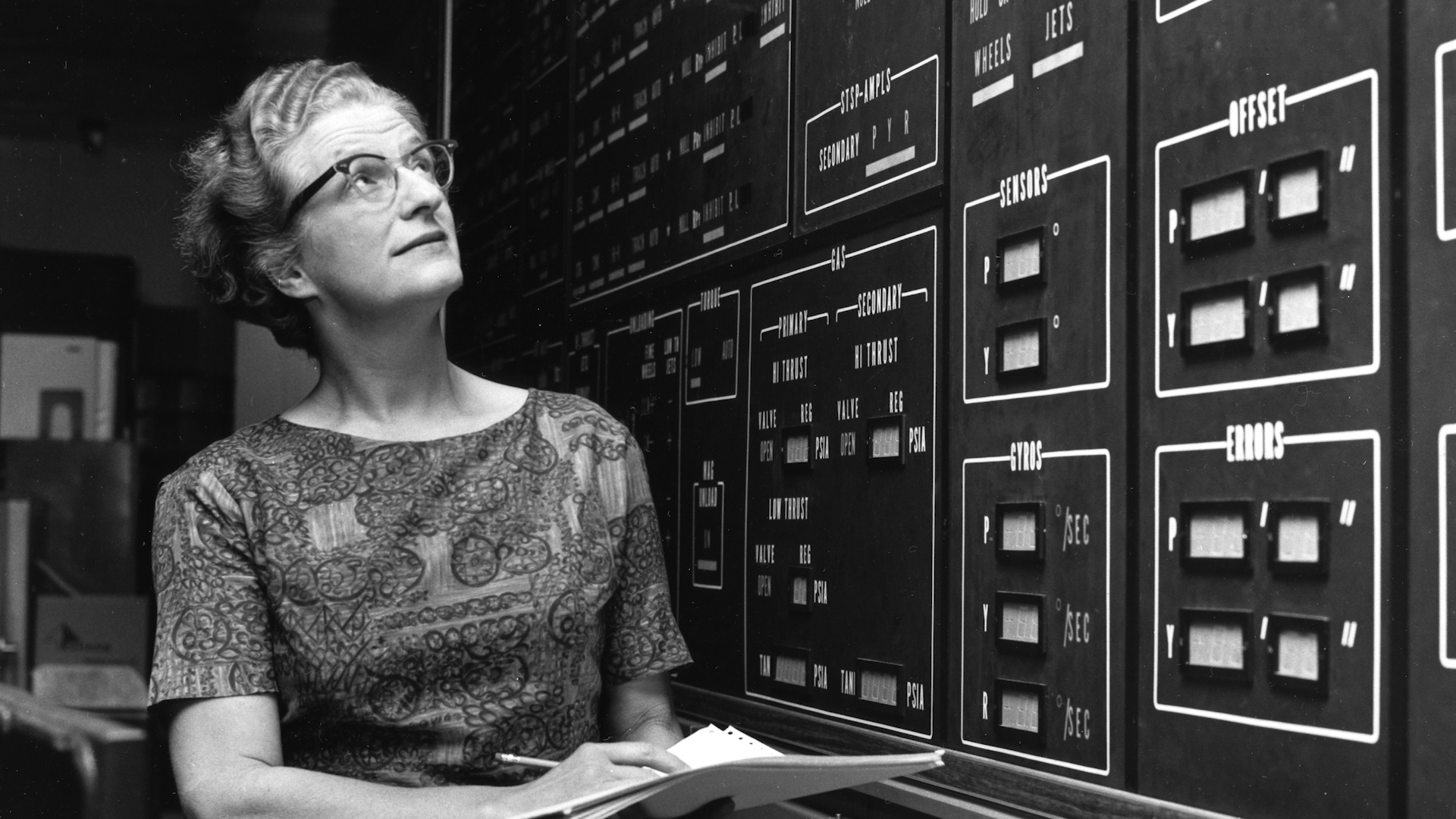
As a female in astronomy, Dr. Roman faced many challenges throughout her career. From a young age she was discouraged from going into astronomy by those around her, and while in the field struggled with its male dominance and the roles perceived as appropriate for women. During her time at the University of Chicago it became evident that due to her gender she would not obtain tenure, and as such she left.
After leaving the University of Chicago she went to work at the Naval Research Laboratory (NRL) from 1955-1959, and entered into the new field of radio astronomy. During her time at NRL she used non-thermal radio source spectra and conducted geodetic work. Within this program she became the head of the microwave spectroscopy section. Her experiences at NRL helped her adapt to an engineering environment, which became essential in her future career.
While attending a lecture by Harold Urey, Dr. Roman was approached by Jack Clark who asked if she knew anyone who might be interested in creating a program for space-based astronomy at NASA. Dr. Roman took this inquiry by Clark as an invitation to apply, and in early 1959, six months after NASA formed, she joined the team. Dr. Roman was the first female executive at NASA and became the first Chief of Astronomy. She held various other positions in NASA, including Chief of Astronomy and Solar Physics and Chief of Astronomy and Relativity.
Part of Dr. Roman's job included planning a program of satellites and rockets. She also administered a significant program of grants to support the astronomical community. One of the biggest challenges of her career was getting the Hubble Space Telescope approved by the U.S. Congress. It is through her work with this mission that she was coined "the mother of Hubble" by her colleagues, specifically by Edward J. Weiler, her successor at NASA as Chief of Astronomy following her retirement in 1979.
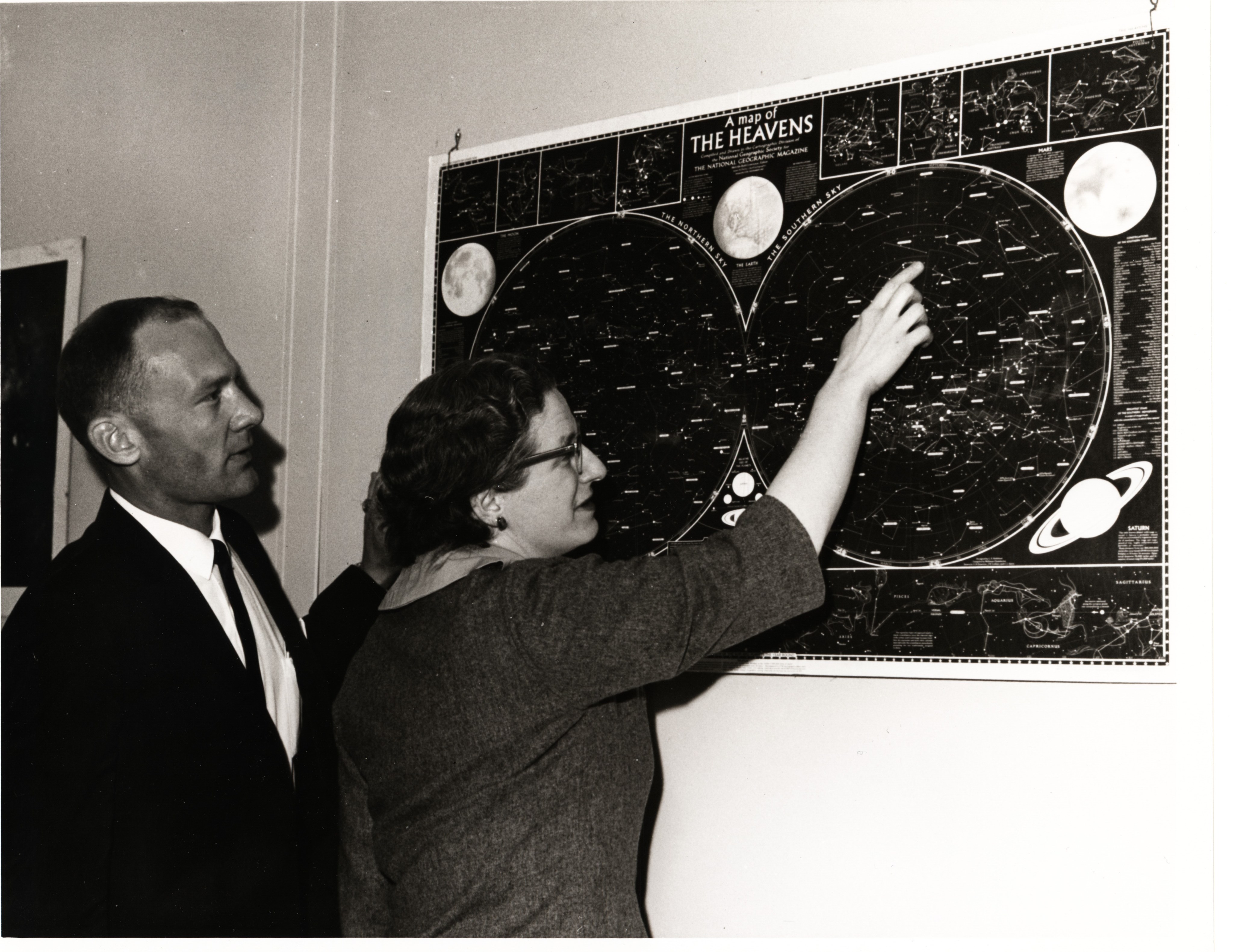
When asked what she thought was the most interesting discovery by Hubble, her reply was "dark energy"! Hubble confirmed the astounding initial measurements that the expansion of the universe was accelerating, and extended those measurements to higher redshifts. These discoveries excited Dr. Roman, as well as the astronomical community. It is therefore with great pleasure that we dedicate NASA's next major space observatory tasked with increasing our understanding of dark energy, the universe, and our place in it, to Dr. Nancy Grace Roman, the pioneer of modern space-based astronomy who made such telescopes a reality.
Nancy Grace Roman’s Legacy
It’s been one year since WFIRST was renamed the Nancy Grace Roman Space Telescope. As we celebrate this first anniversary,…
Read the Story